Take Better Photos - A Series of Tips For Aspiring Digital Photogs (Part 3)

This weeks advice will be all about ACCESSORIES! Specifically, DSLR accessories. Yes, this is putting the cart before the horse, since I haven't written anything about equipment (beyond that it exists), or lenses. I feel this is justifiable, though, since the information presented here could affect your first camera or lens purchasing decisions.
Part 1 | Part 2
Allow me to start off by suggesting that your camera purchase should depend on two factors:
1) Your budget
2) Your other constraints (in terms of weight, compatibility of lenses with specific characteristics, amount of weatherproofing, etc.)
- The main competitors in the high-end camera market have been around for a long time, so I don't see the quality of products being variable between them
- The only difference in quality, in my opinion, that you'll see comes from factor 1)
- Lenses, on the other hand, is a huge issue, because less popular camera brands provide far fewer options
- I'll go more into lens options and how you can end up being stuck in a later article, if there's interest
So let's get started!
DSLR Accessories:
1) A camera strap

- While all cameras probably come with camera straps, in general they are not very comfortable
- In addition to added padding, different camera straps exist with convenient features such as quick releases, and slinging-action, allowing you to take photos quicker, and in a more relaxed manner
2) A camera bag
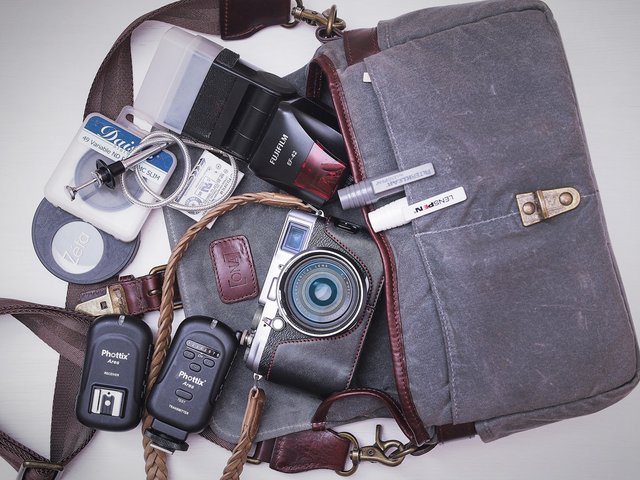
- This one is kind of a no-brainer
- You are perfectly within your rights to walk around with your camera dangling from your neck, but don't be surprised when you bump into stuff and potentially damage your lens
- Also, if you want to carry more than one lens around with you, a bag could prove essential
- Depending on where you're going to take photos, you may need to be mindful of how obvious it is that your bag is meant to carry expensive photographic equipment!
- We'll call buying a discreet bag "security through obscurity" since it sounds cool
- I regularly use one of three camera bags depending on how much equipment I want to lug around:
- One that looks like a regular backpack but can hold between 3-6 lenses, plus the camera and Accessories
- One that looks like a regular messenger bag, but can hold the camera and 2 lenses
- Another shoulder bag that has a holster for the camera, allowing me to keep the lens mounted for quick access, and can hold an extra lens and flash
- If you want I can provide links for the specific products I use, if I can find them
3) A flash
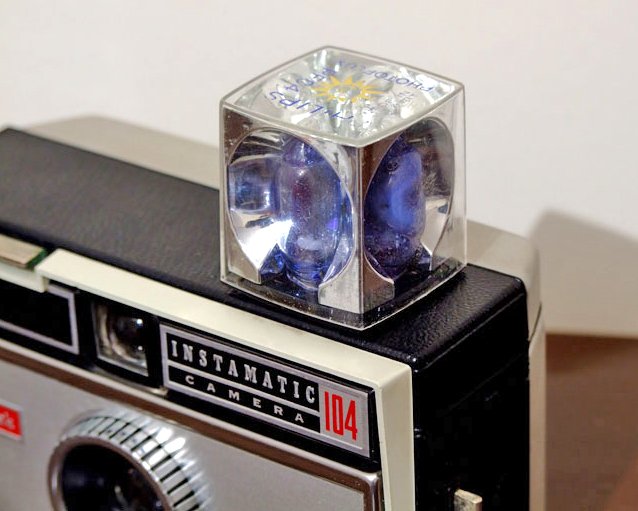
- Although the hot-shoe which flashes mount directly on is standardized, the camera companies play dirty by requiring special communications to occur between the flash and camera for them to work together
- As a result, they charge up to 100% more for their flashes than an off-brand version costs
- Nevertheless, I'd recommend sticking to an officially branded flash made by your manufacturer
- Although the third parties have gotten good at hacking the firmware of the flashes to reproduce them in their own products, I find off-brand flashes are not as consistent
- They can often go undetected, misfire, or give inconsistent power output
- This can ruin your photos!
- Although the third parties have gotten good at hacking the firmware of the flashes to reproduce them in their own products, I find off-brand flashes are not as consistent
- There are three types of flashes (at least with Canon)
- Low-end: stationary, nearly useless (in my opinion), might as well stick with the built in flash if your camera has one (or by a less reliable but much more feature-rich third-party option)
- Mid-range: vertical rotation, very good for 99% of circumstances, unless you need some more sophisticated features, or like to play around
- High-end: vertical and horizontal rotation, greater power output, support for more niche features
- So yeah, if you're reading this guide, you'll want to go with the mid-range level
- You don't need to buy any right now, but be aware that there are other types of flashes than the shoe-mount type
4) Flash Accessories
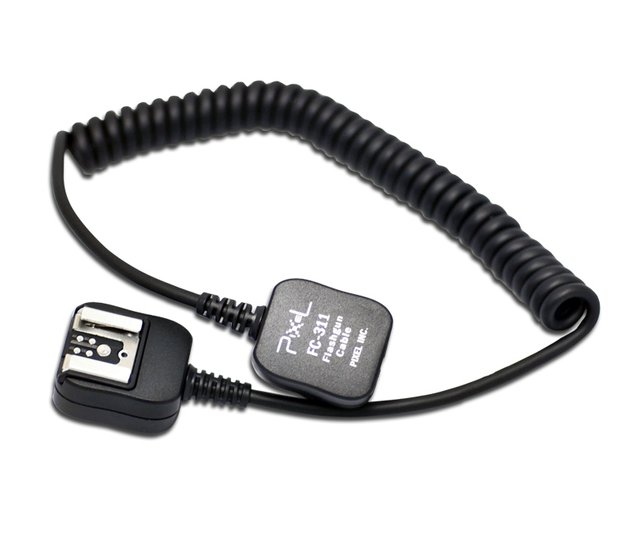
- You'll definitely want a flash cable
- They're very cheap, relative to camera equipment in general
- They open up a lot of new possibilities with bounce flash and other experimental stuff
- You can have someone else hold and point the flash while you work the camera
- The one in the photo carries all of the pins from the hotshoe to the flash, so the camera thinks the flash is mounted directly on top of it
- Most cameras have PC cable ports, but these can only trigger the flash to fire, and preclude any other sort of communication between the devices
5) Lens Accessories
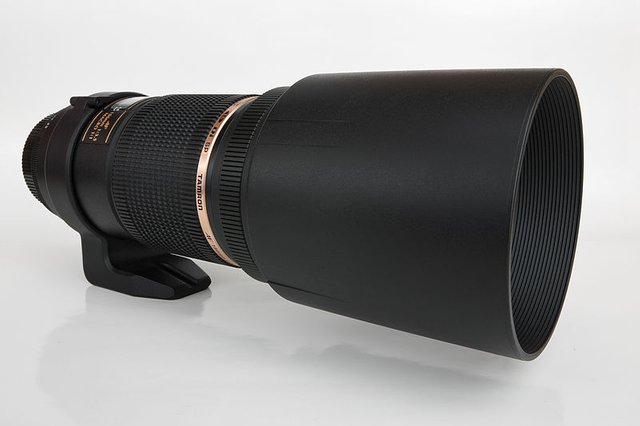
- This is the heart of the matter, you'll want to get these accessories for every one of your lenses
- A lens case (optional)
- Lenses are like snowflakes, each one has different dimensions, so get the appropriate one to fit your lens
- A lens hood
- This prevents indirect light from washing out your photo
- Fancier ones have an inner felt covering (less fancy ones have ribbing, or are just black) to further absorb stray light rays
- More importantly, these provide protection!
- When not in use, they often can be reversed and placed back over your lens to save space
- If you drop your lens, would you rather spend $30 more on a new hood, or $500 or however much to replace your lens?
- A UV filter
- Depending on your lens' diameter, these can get quite expensive
- Nevertheless, you'll probably want a higher-end one
- I like the Hoya HMC UV filters made in the Philippines, personally
- Supposedly these reduce haze, who knows if they do, but it's important to protect the outer glass lens
- Lenses have important coatings on them that, if they could be replaced, would cost way more than just buying a new filter would
- If you drop your lens, you're much more likely to just ruin your filter, instead of cracking the lens itself, if you use one of these
- A quick-access lens cap
- Surprisingly, Canon lens caps are mostly garbage
- It's impossible to find the right spot to press to remove them without looking, resulting in a struggle and the possible smudging of your lens' surface (or your filter)
- As a result, you'll want a Nikon style lens cap for each of your lenses if you're a Canon user
- Don't worry, though, cheap knock-offs abound
- Surprisingly, Canon lens caps are mostly garbage
- A tripod mount ring
- If your lens is heavy enough to require one of these, it's probably included
- These are mostly for very high focal length telephoto lenses
- You might even want to mount your lens to the tripod instead of the camera body, if it's big enough to be able to use one of these
- Other stuff, like lens cleaning pens, or compressed air, or that little squeeze blower thing, or lens wipes, or a microfiber cloths
- There are a lot of strong opinions about how best to clean a dirty lens (or if it should be cleaned at all!) so I won't give you direct advice on this, just do whatever feels right as long as you're sure it won't cause more harm than good
- A lens case (optional)
6) Tripod
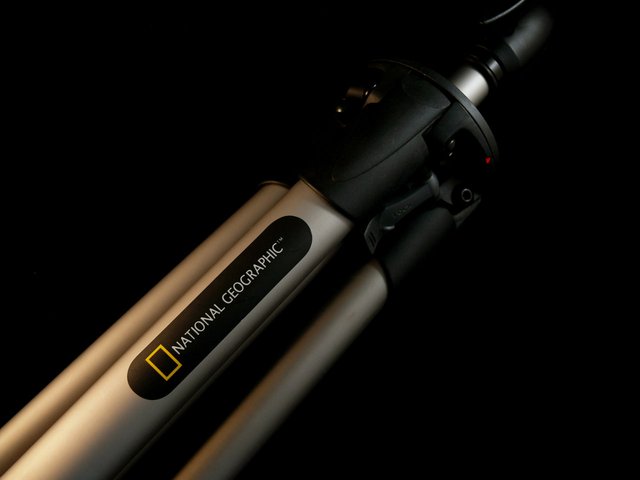
- If you want to take exposures longer than a very small fraction of a second, you should probably get one of these
- Also if you want to compose your shot just right, they can be essential
- More expensive ones can handle heavier camera equipment, and don't slip or drift as much
- They can also have levels built in so you can tell when your shot is going to be at an angle
7) Miscellaneous
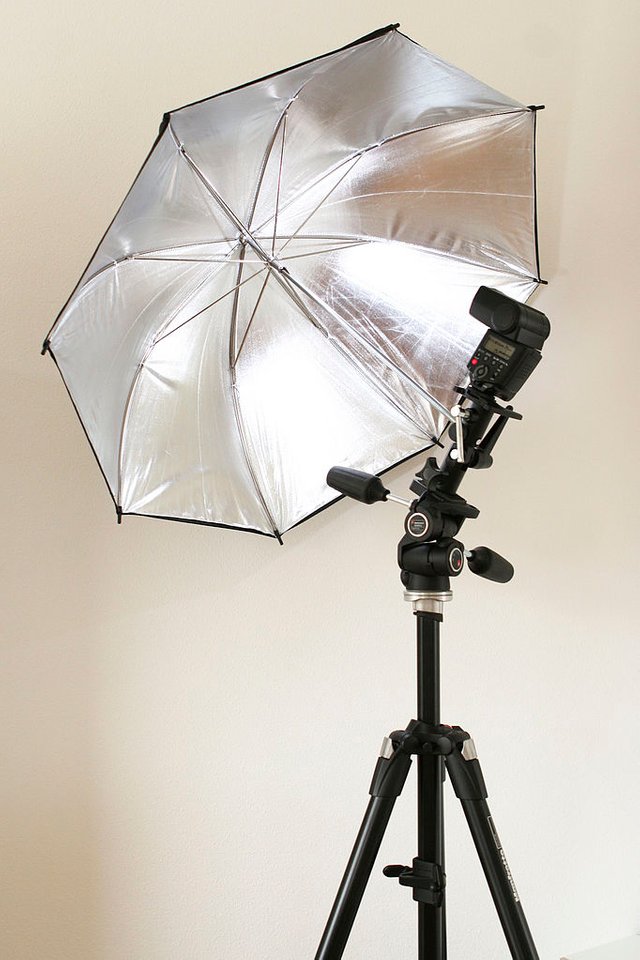
- There's a whole world of other accessories out there
- An umbrella for playing with light
- Lots of memory card and backup battery options (important to keep in mind for longer trips)
- "Replacement Split Image Focusing Prism Screen" is a mouthful, and risky to install, but if you use fully manual third party lenses with no chip in them, you won't be able to autofocus, or even have the camera tell you if you're in focus, making installing one of these bad-boys nearly essential
- Vertical grip
- Can double the battery life of your camera
- Makes it a lot easier to change from landscape to portrait mode without performing any acrobatics
- Wireless remote
- These things are cheap
- They can be useful if you want to take a group photo that you're in and can't really time well in advance
- There are probably other situations where you may want to use them, too
Okay, that's a pretty extensive list
If you go out and buy all of the aforementioned equipment, let me know! So I can start thinking of other crap you might want to also look into!
This is an original SteemIt post. Photos were sourced from Wikipedia, or from sources that don't require attribution.

Awesome man. Very helpful. Thanks for sharing the tips man @geoffrey
Thanks for this guide, I'm really into taking pictures ! But i'm so sad it looks like I have to spend huge amounts of money just to get what I need! :(
It's unfortunate, but high quality photography equipment can be extremely expensive. Still, there are some very capable point and shoots which are miles ahead of smartphones, and cost between $200-500, which isn't a lot compared to DSLRs.
I have a Canon 5D MK ii and a 50mm f/1.4 which is what I use to shoot my portraits but I would like to explore lighting, and other kinds of shots too, so I think i'm looking at a few new lenses as all the lighting kits !
Nice guide.
nice to see some photography love on here!